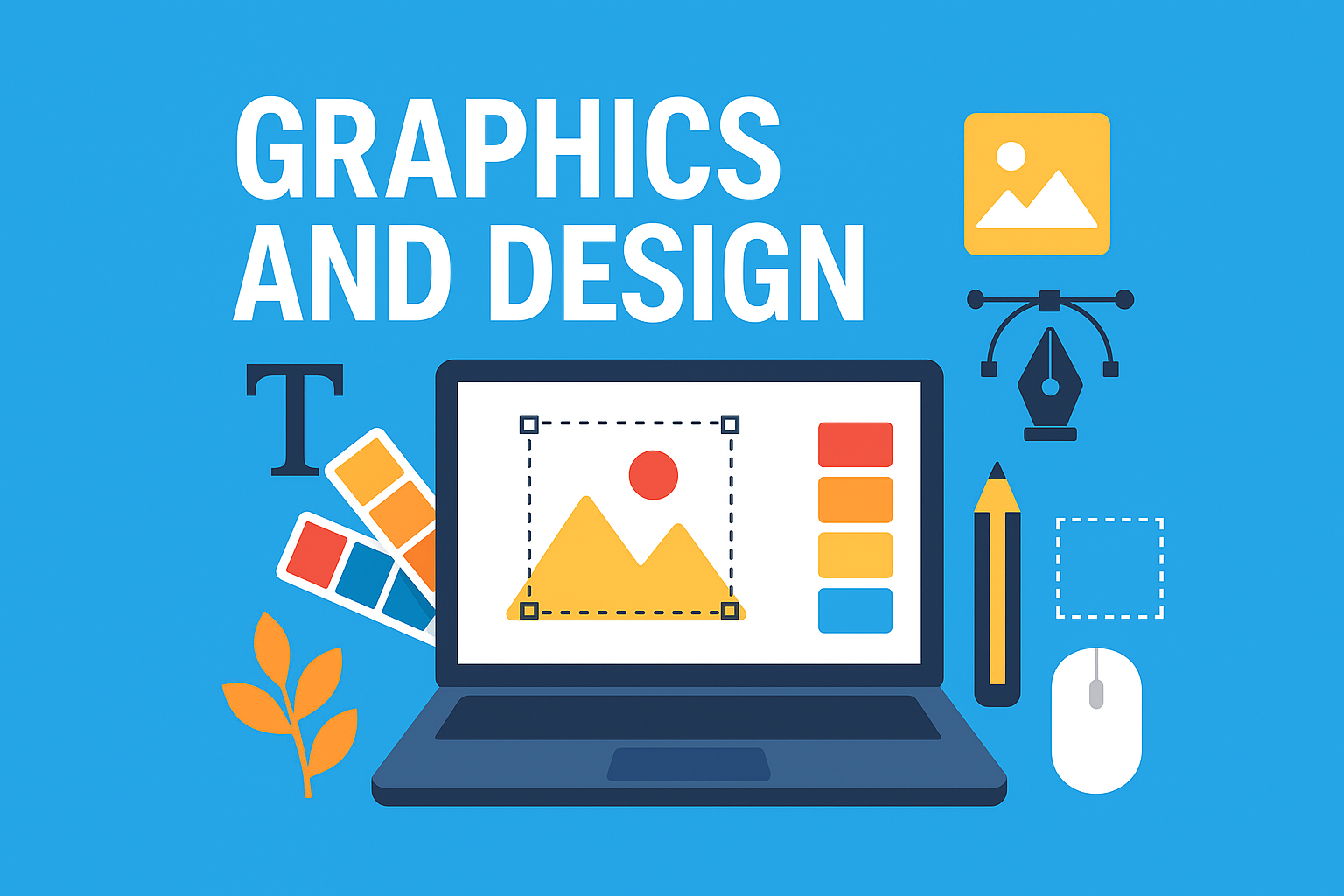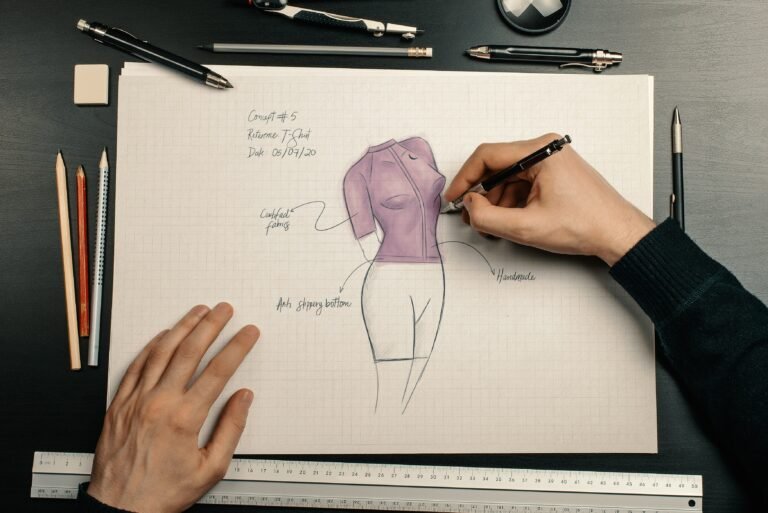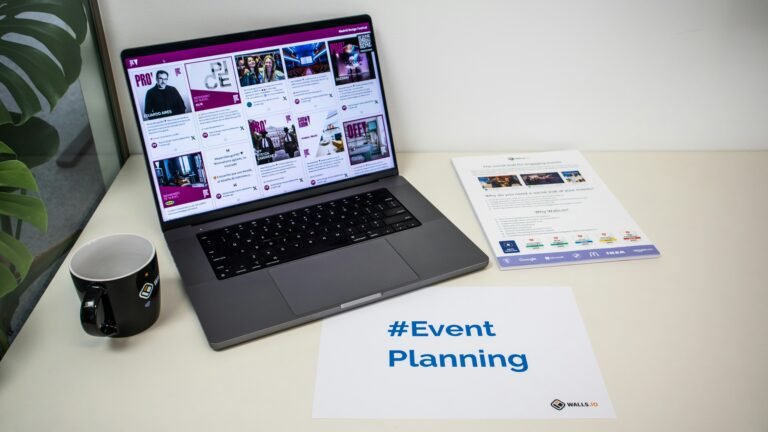
Graphics and design have become the backbone of modern communication. Whether you are scrolling through social media, visiting a website, or checking a product package, you are interacting with visual design. Good design does not only make content look attractive—it helps deliver messages effectively, builds strong branding, and influences consumer decisions. In this article, we will explore the world of graphics and design, covering all its main categories, tools, and applications.
What Is Graphics and Design?
Graphics and design refer to the creative process of using visual elements such as typography, images, shapes, and colors to communicate a message. It is both an art and a science, blending creativity with strategy. From logo design to user interfaces, graphics and design encompass a wide range of disciplines.
Main Categories of Graphics and Design
1. Graphic Design Basics
Graphic design focuses on creating visuals for both print and digital media. Key areas include:
- Logo Design: Crafting unique visual identities for brands.
- Typography: Selecting and arranging fonts to enhance readability and aesthetics.
- Color Theory: Using colors strategically to evoke emotions and build recognition.
2. Web Design
Web design is the art of creating user-friendly and visually appealing websites. It combines aesthetics with usability.
- UI Design (User Interface): Designing buttons, menus, and layouts.
- UX Design (User Experience): Enhancing user journey for smooth navigation.
- Responsive Design: Making websites compatible with mobile, tablet, and desktop devices.
3. Motion Graphics and Animation
Motion graphics bring static visuals to life. This section is crucial for marketing and entertainment.
- 2D Animation: Used in explainer videos, ads, and cartoons.
- 3D Animation: Common in movies, gaming, and architecture.
- Kinetic Typography: Animated text that captures attention.
4. Illustration and Digital Art
Illustrations are hand-drawn or digital artworks that add personality to design projects.
- Vector Illustration: Scalable graphics ideal for logos and branding.
- Digital Painting: Used in concept art, gaming, and storytelling.
- Infographic Design: Transforming data into easy-to-understand visuals.
5. Print Design
Despite the digital age, print design remains essential.
- Business Cards and Brochures
- Posters and Flyers
- Magazine and Book Layouts
6. Branding and Identity Design
A strong brand identity requires consistent visual elements.
- Logo and Color Palette
- Brand Guidelines
- Packaging Design
7. Advertising and Marketing Design
Graphics and design play a huge role in advertising.
- Social Media Graphics: Eye-catching posts, banners, and ads.
- Email Marketing Templates: Professional and persuasive designs.
- Billboard and Outdoor Advertising
8. Product and Packaging Design
First impressions matter, and packaging design influences purchase decisions.
- Label Design
- 3D Mockups
- Eco-friendly Packaging Trends
9. Interior and Environmental Design
Graphics extend beyond screens and paper. Environmental design includes:
- Signage and Wayfinding Systems
- Event Stage Design
- Retail and Exhibition Graphics
Essential Tools for Graphics and Design
Every designer relies on software and tools to bring ideas to life.
- Adobe Creative Cloud (Photoshop, Illustrator, After Effects)
- Figma and Sketch (UI/UX design)
- Canva (easy graphic creation)
- Blender and Cinema4D (3D design and animation)
Future of Graphics and Design
The field continues to evolve with technology. Trends include:
- AI-powered design tools
- Virtual Reality (VR) and Augmented Reality (AR)
- Minimalist and sustainable design approaches
Conclusion
Graphics and design cover an expansive creative universe that touches every aspect of our lives—from business branding to digital experiences. Mastering this field requires not only artistic skills but also an understanding of communication, technology, and psychology. Whether you want to build a career as a designer or improve your business visuals, investing in high-quality design will always deliver strong results.









Interior and Environmental Design ( more information plaise )